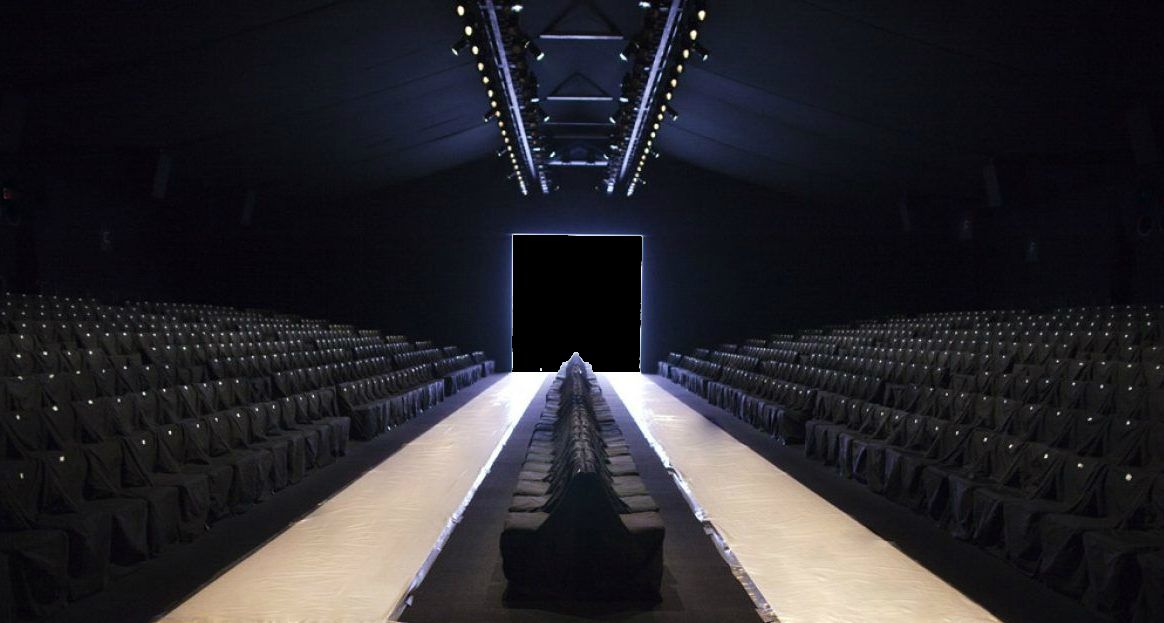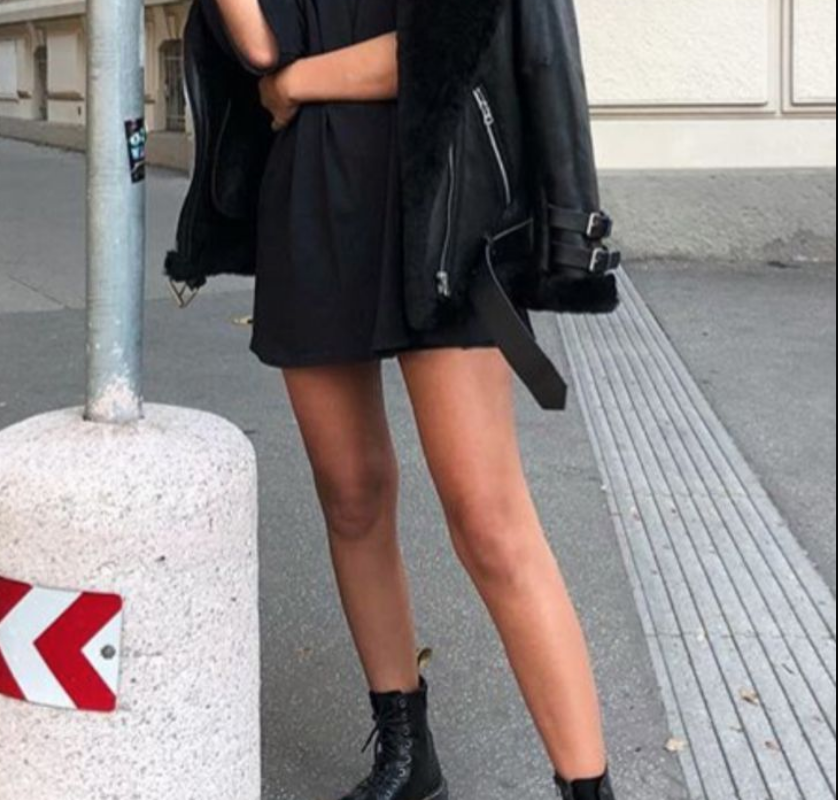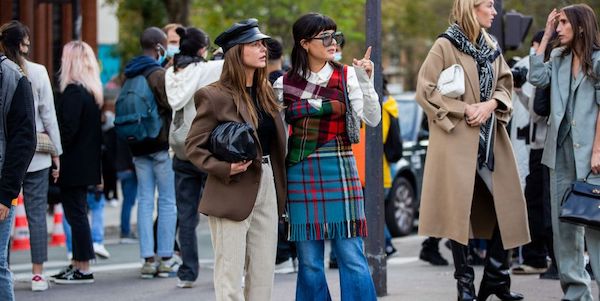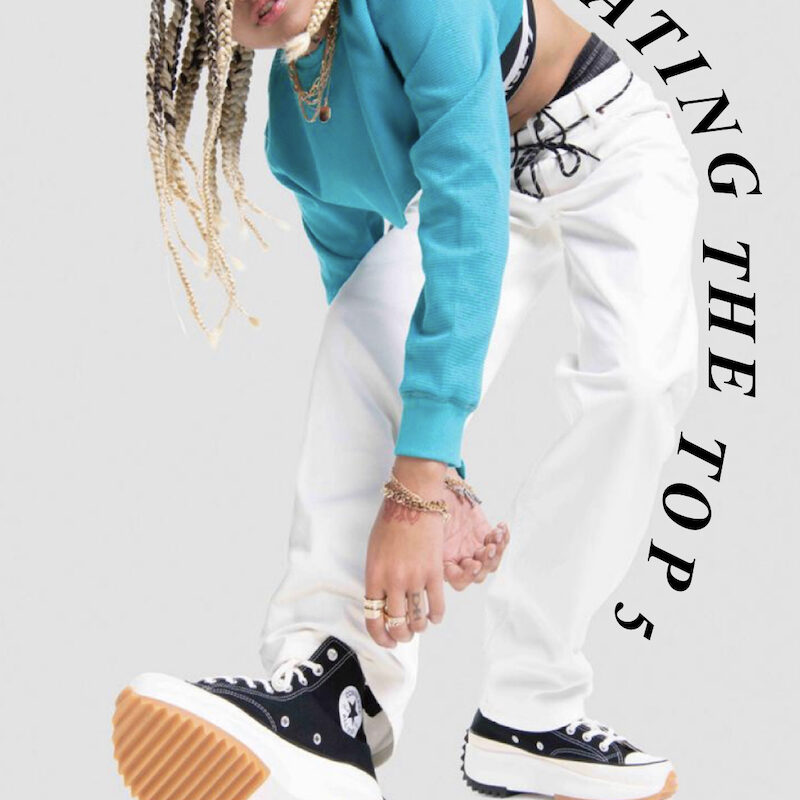As I sit here flipping through my prized fashion coffee table books that I’ve collected for years, listlessly watching as designs from Louis Vuitton, Christian Dior, Balenciaga and Saint Laurent dance across the pages, I can’t help but wonder how the fashion industry will forever change as a result of COVID-19. It’s easy enough to think it won’t, to believe that high fashion will still carry on with its glamorous shows and remain prestigiously exclusive, but the simple fact is that it will change. Whether for better or for worse, COVID-19 will irrevocably alter the fashion industry.
According to Business of Fashion, 2020 will be a year completely devoid of fashion shows. Giorgio Armani has already pioneered this, live-streaming his Autumn/Winter 2020 show from a blank room. And, with social distancing guidelines in place that will likely last long after stay-at-home orders have been lifted, designers will have to follow Armani’s lead, and Paris, Milan, and New York will have to wait. However, in an industry where appearances are everything, how will fashion adapt, evolve, and even survive when the in-person component is taken away?
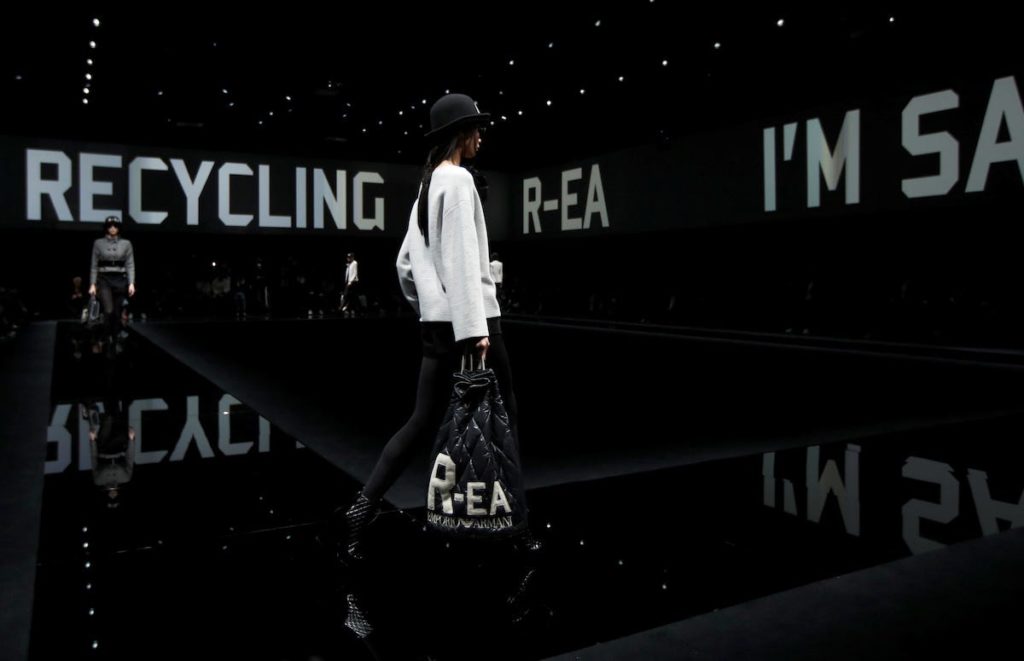
Fashion itself is an inherently visual medium. Furthermore, it is an extremely personal medium. The way colors, patterns, textures, and designs are perceived depends on their presentation. A dress may look drab online, yet it floats effortlessly along the runway in Paris. Not only do fabrics look more vibrant in person, but without fashion shows, there is no way of understanding a designer’s creative direction or influence for a given piece. How are we to understand a dress when we the designer’s subsequent model, makeup, hair, lighting, and even music choices don’t accompany that piece like they would on the runway?
Not only is the ability to witness the culmination of a designer’s work crucial to the high fashion industry, but exclusivity is of equal importance. At some fashion shows, patrons are asked not to take videos or pictures during the show so as to maintain the full experience and retain exclusivity. However, without fashion shows, designers will be forced to stream their work, either on Instagram Live, Snapchat, or Twitter. This will make high fashion more accessible than ever before. And, while this is a good thing for fashion-lovers and those unable to manage an invite to Paris or New York, it diminishes the “specialness” that makes high fashion envied, coveted, and a true status symbol. And, what will high fashion do without the “frow” at shows?
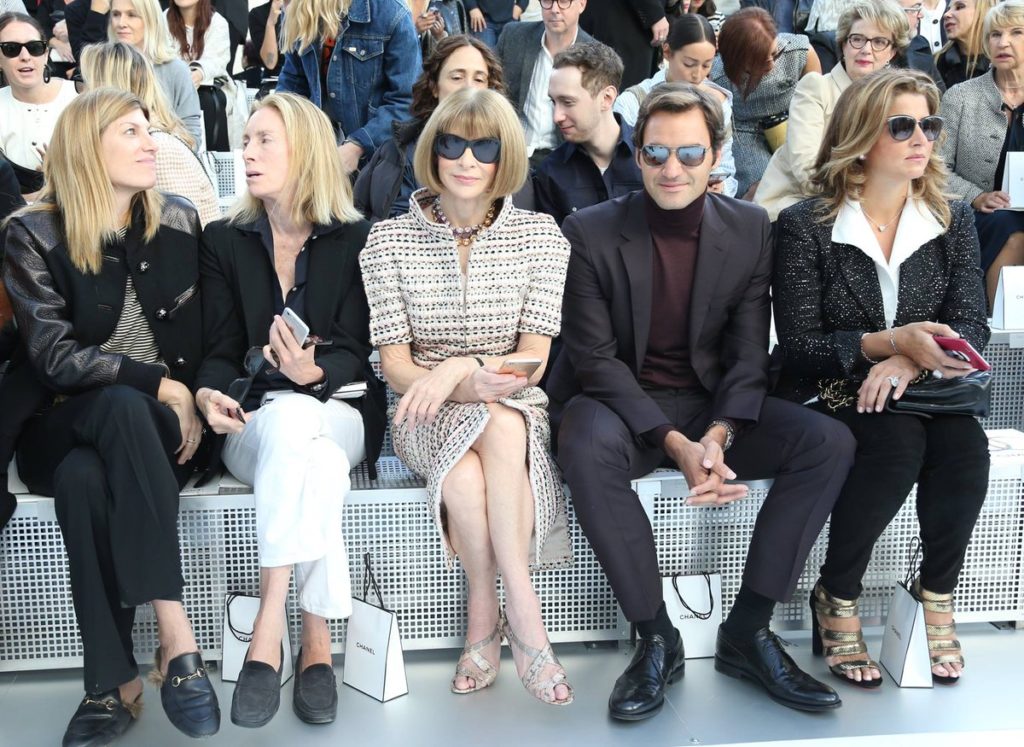
Finally, thanks to the response to COVID-19, the market has reached a point of downturn that will undoubtedly create a deep recession, further hurting the fashion industry. With the world economy as a whole at a standstill, the massive funds fashion houses are used to will likely dissipate, especially as few consumers, even the loyal ones, will be willing to go out and buy luxury goods as they cut non-essential spending.
Ultimately, it will take the high fashion industry an extraordinarily long time to recover, bottom line. And, as the COVID-19 crisis fails to improve swiftly, it will take even longer for it to regain a sense of normalcy. However, despite the changes the industry will face, high fashion will still remain creatively, artistically, and culturally important, no matter the state of the economy or our world.


